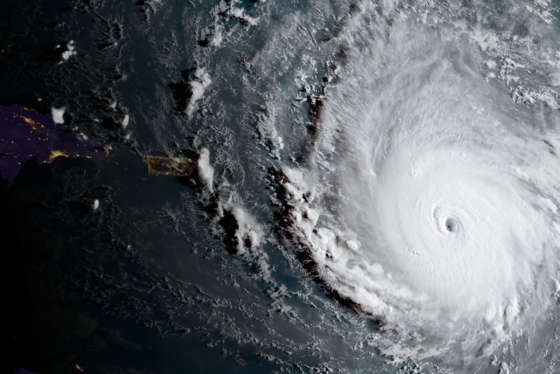WASHINGTON — Hurricane Irene made landfall six years ago along the North Carolina Outer Banks. In the days before the storm barreled onshore, WTOP’s Dave Dildine hitched a ride with the 53rd Weather Reconnaissance Squadron, better known as the Hurricane Hunters, as they soared into the eye of the Category 3 storm.
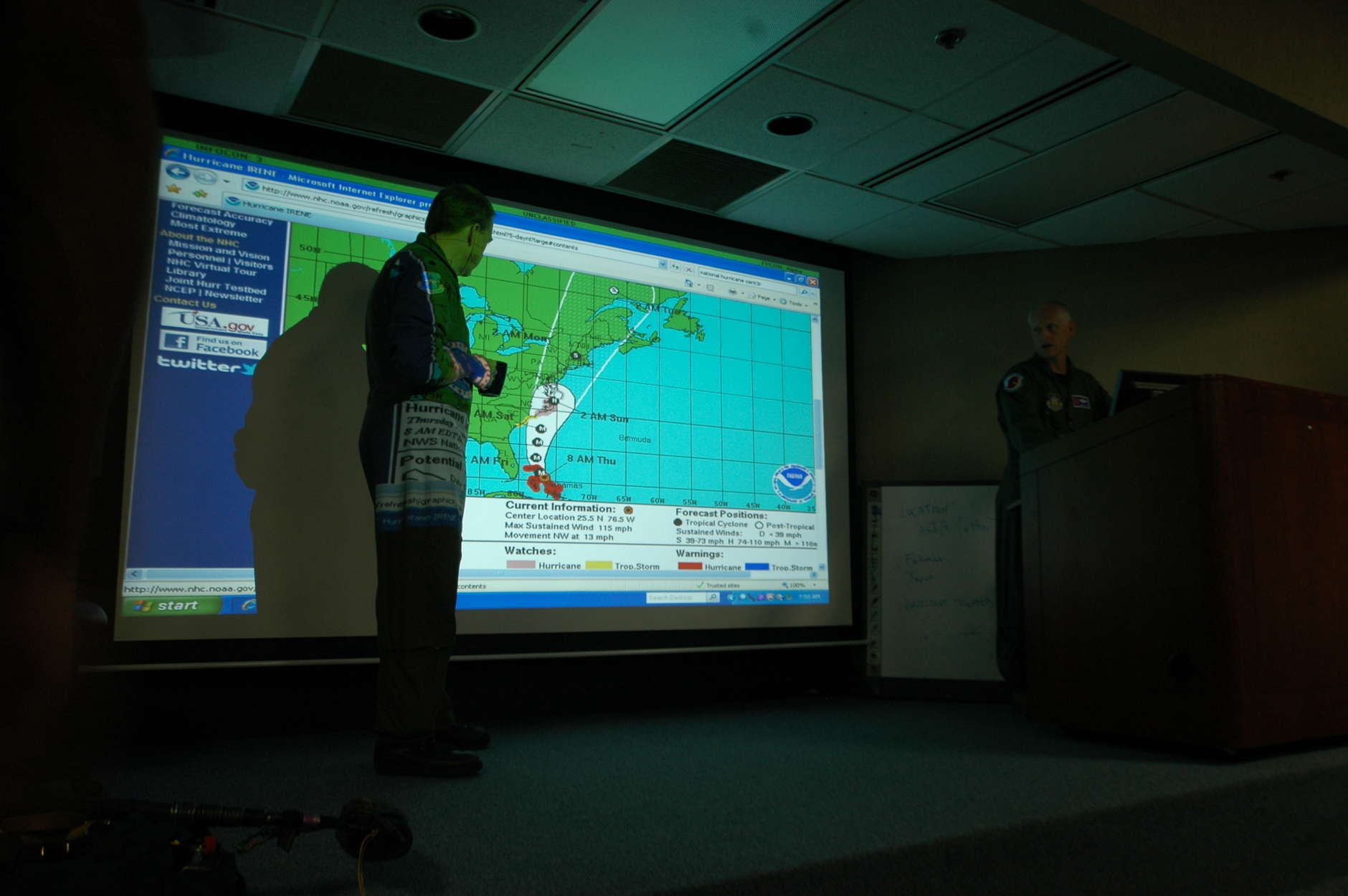
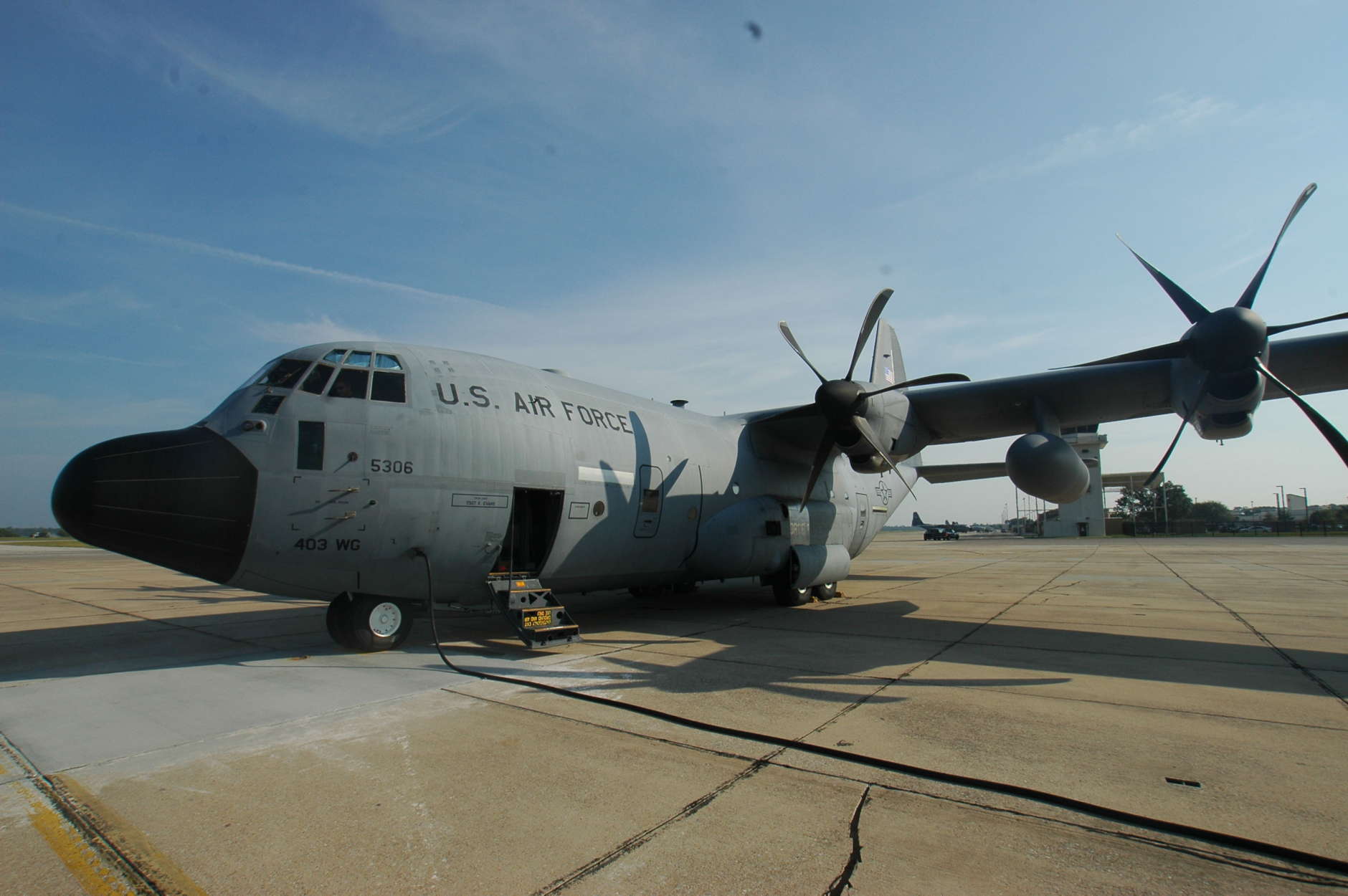
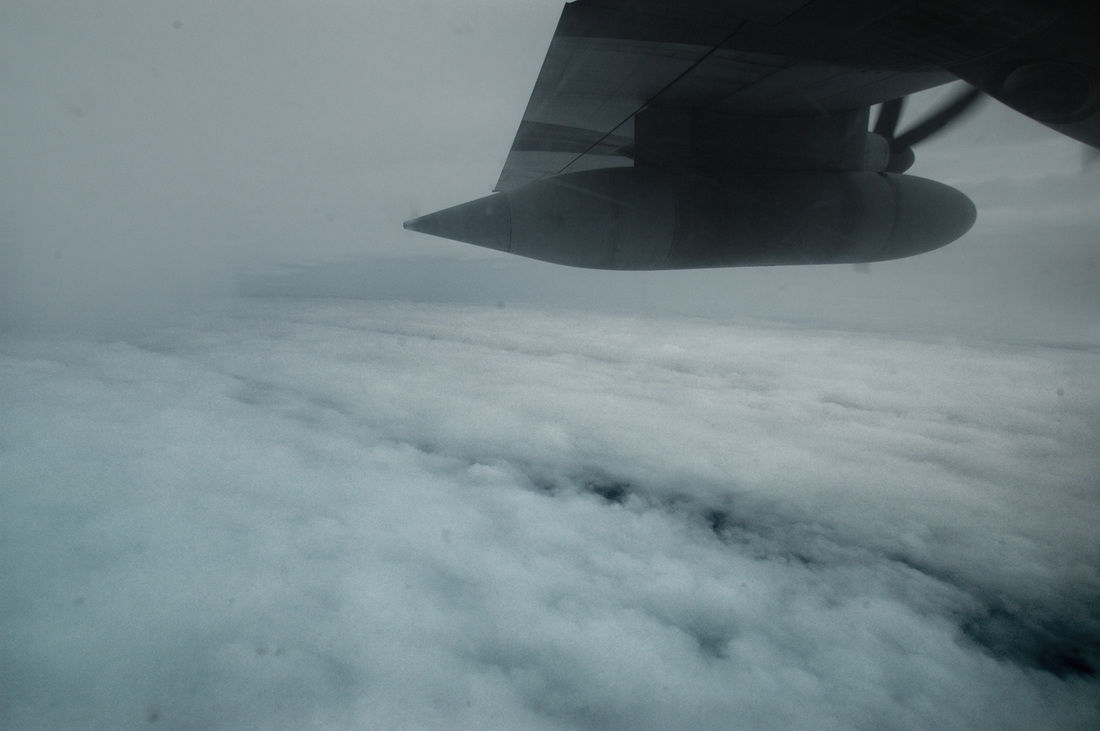
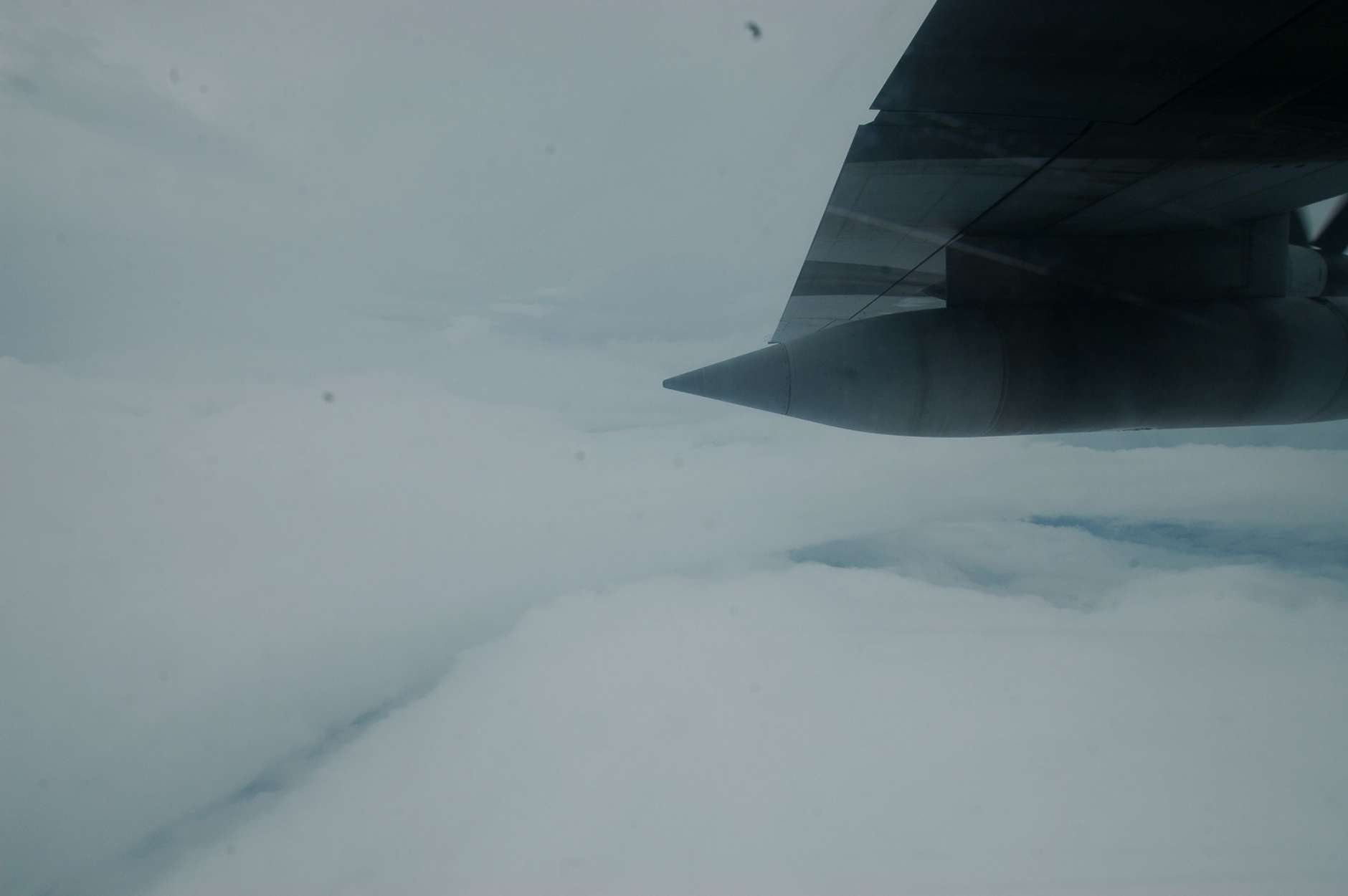
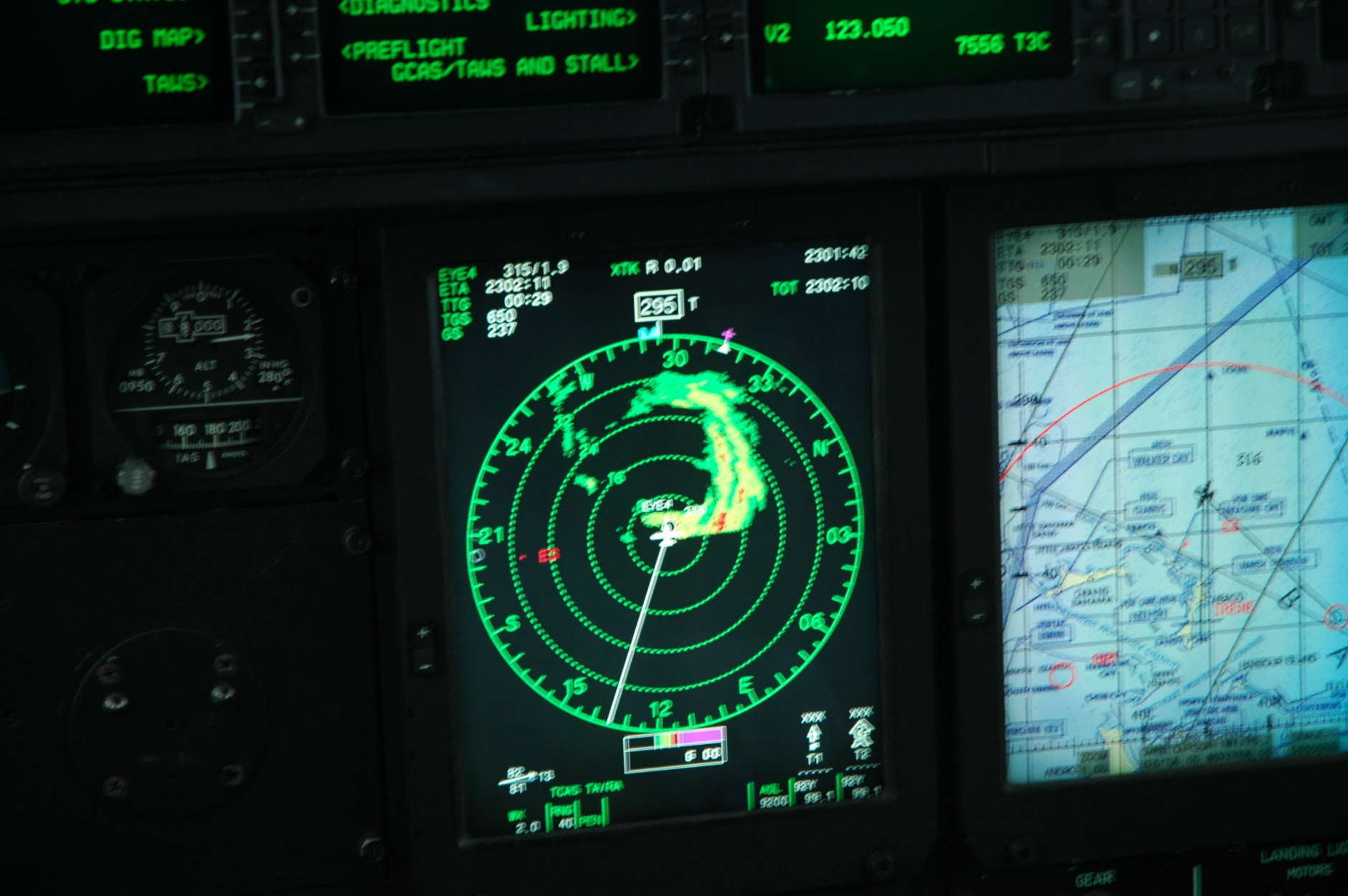
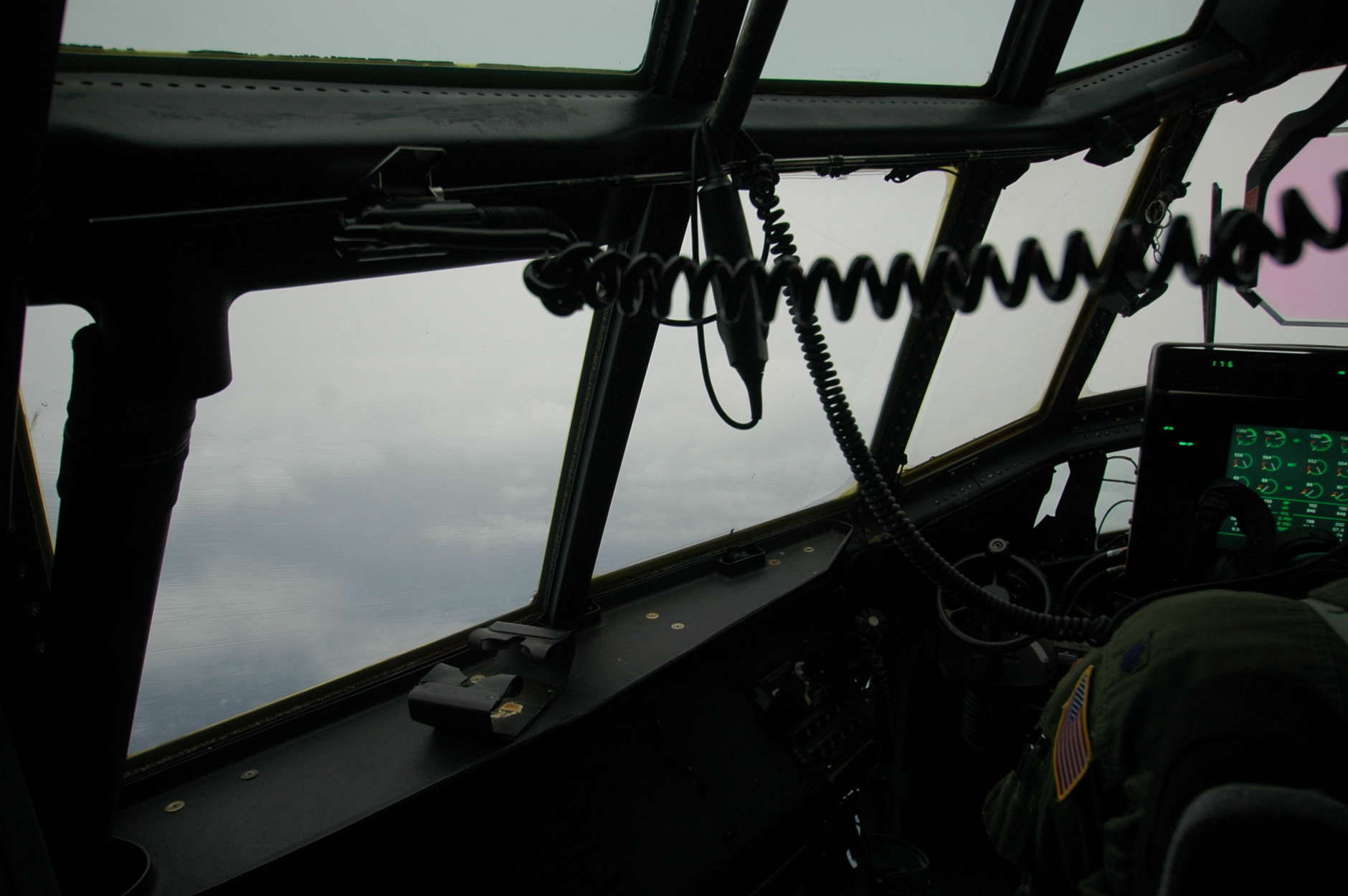
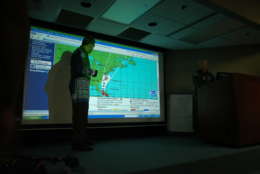
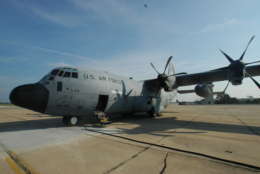
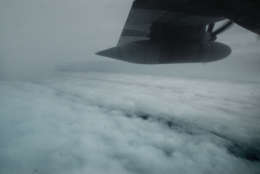
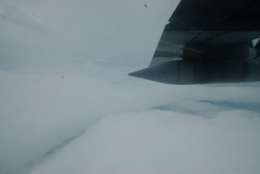
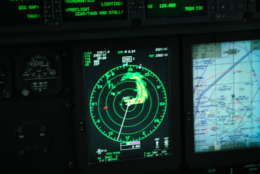
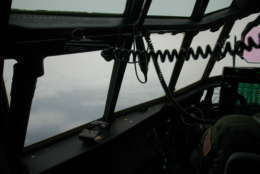
Measurements taken aboard the WC-130 are ingested into computer models that simulate the track of tropical systems as they near land. Cylindrical devices called dropsondes are released from the cargo area of the plane. The instruments parachute through the turbulent winds inside the core of the storm and through the calm eye, beaming back weather readings as they descend toward the ocean.
Hurricane Irene and Hurricane Irma, the ninth named storms of their respective Atlantic hurricane seasons, were both Cape Verde storms, tracking across Atlantic Ocean toward the Bahamas.
See Dildine’s photos of a 12-hour surveillance mission through Irene above.







